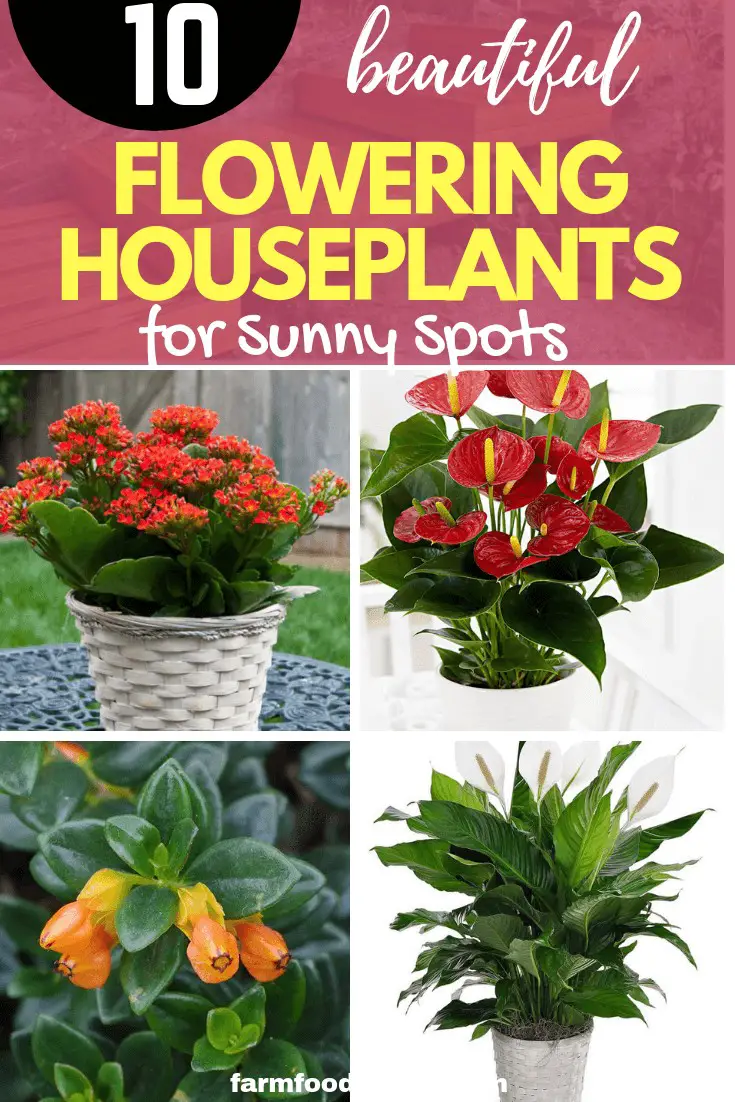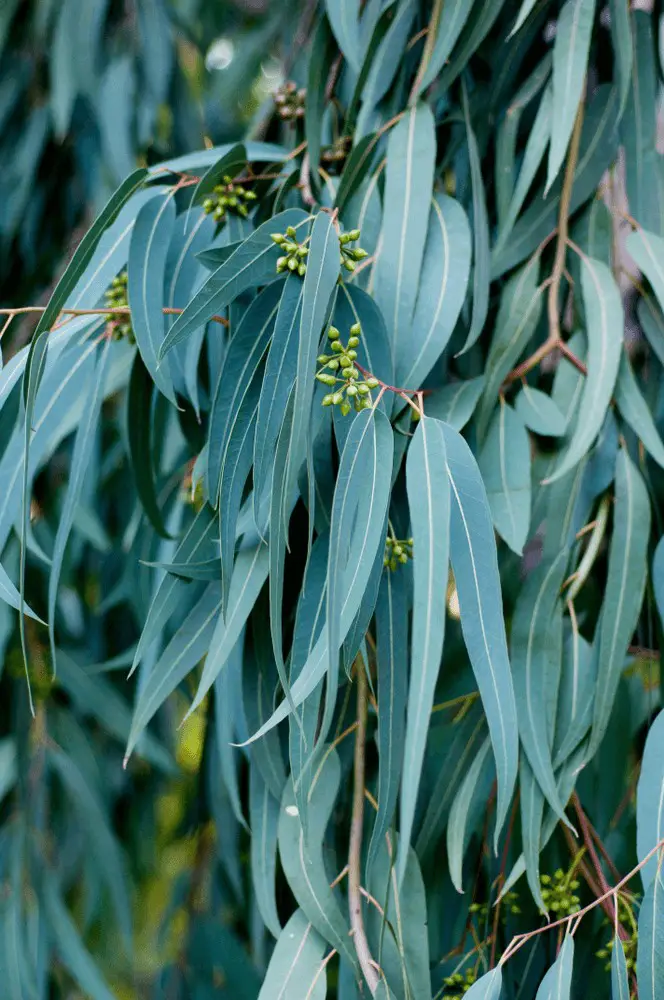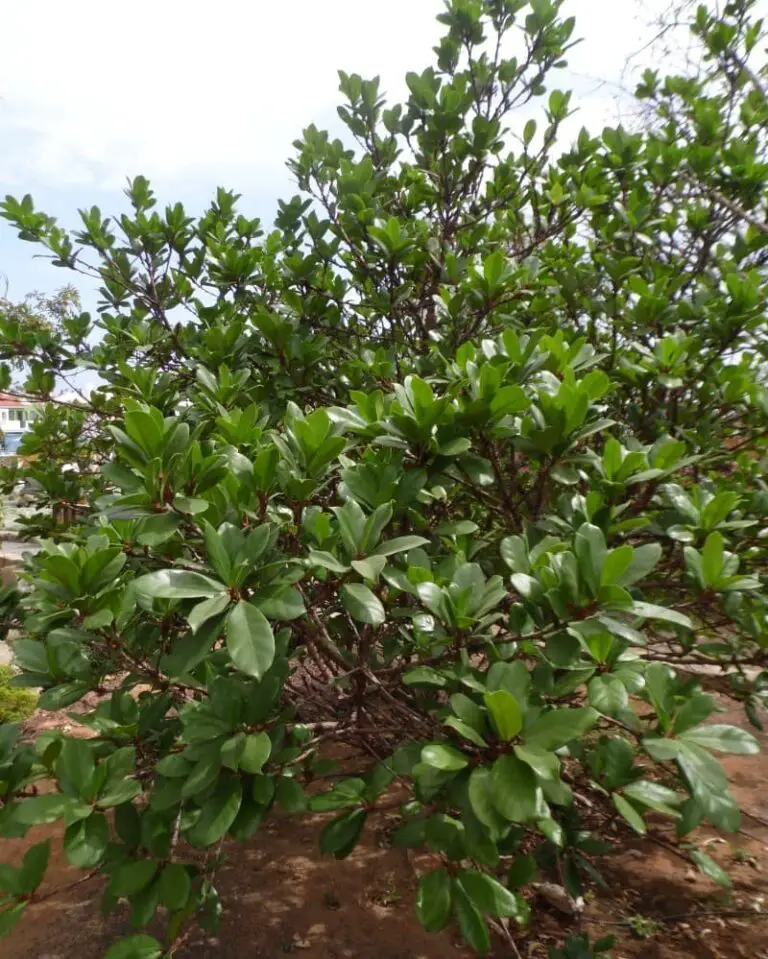11 Beautiful Flowers That Look Like Tulips (With Pictures)
While the classic Dutch tulips are certainly iconic, they’re not the only flowers that showcase a similar beauty. In fact, there are numerous blooms around the world that share similarities with tulips in terms of shape, color, or overall aesthetic appeal. This article will delve into 11 stunning flowers that bear a striking resemblance to tulips, each with its unique characteristics and charm.
From the vibrant California Poppy to the delicate Crown Imperial, we’ll take you on a visual journey through these lovely blooms that are sure to delight flower enthusiasts of all ages.
11 Beautiful Flowers That Look Like Tulips
California Poppy (Eschscholzia californica).
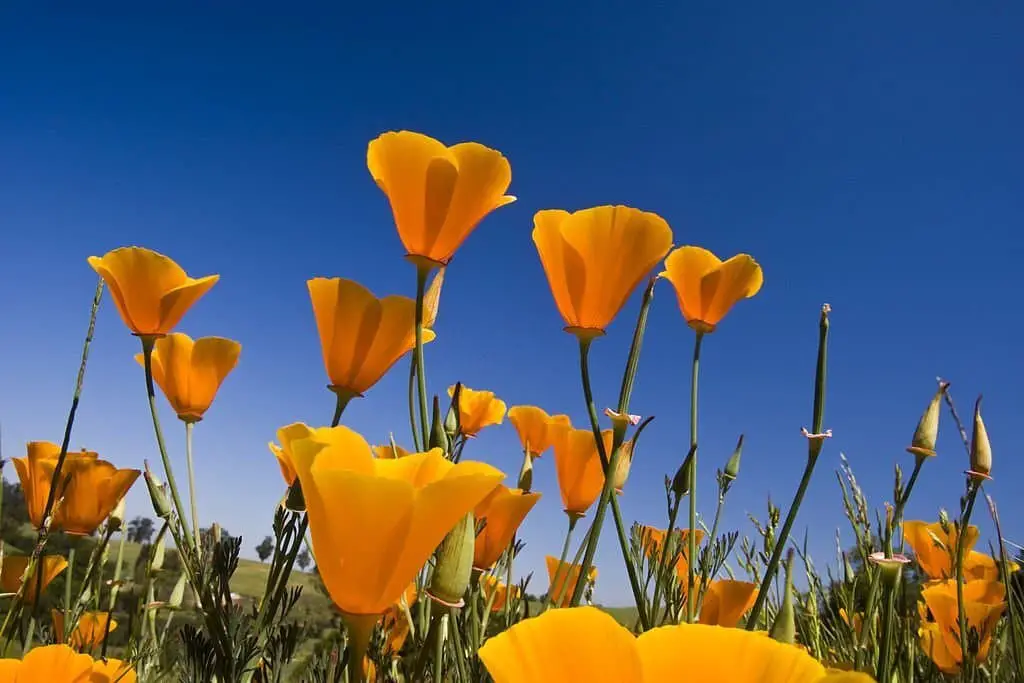
The California poppy, belonging to the Papaveraceae family, is an annual or biennial herb that thrives in the western United States and northwest Mexico. Reaching heights of 30-60 cm (12-24 in), this plant boasts alternately divided leaves with narrow lobes. Its flowers, either solitary or clustered in groups of two or three, unfold to reveal a striking display of yellow stamens, surrounded by four crumpled petals that open from the bud.
The fruit of the California poppy is a capsule containing numerous small seeds, making it a popular choice for ornamental purposes, particularly in gardens with dry Mediterranean climates. Over time, cultivars have been developed featuring flowers in various shades of orange, yellow, and white, adding to its appeal as a decorative element. Additionally, it’s often used in dried flower arrangements.
Campanula carpatica ‘Deep Blue Clips’ (Carpathian Bellflower).
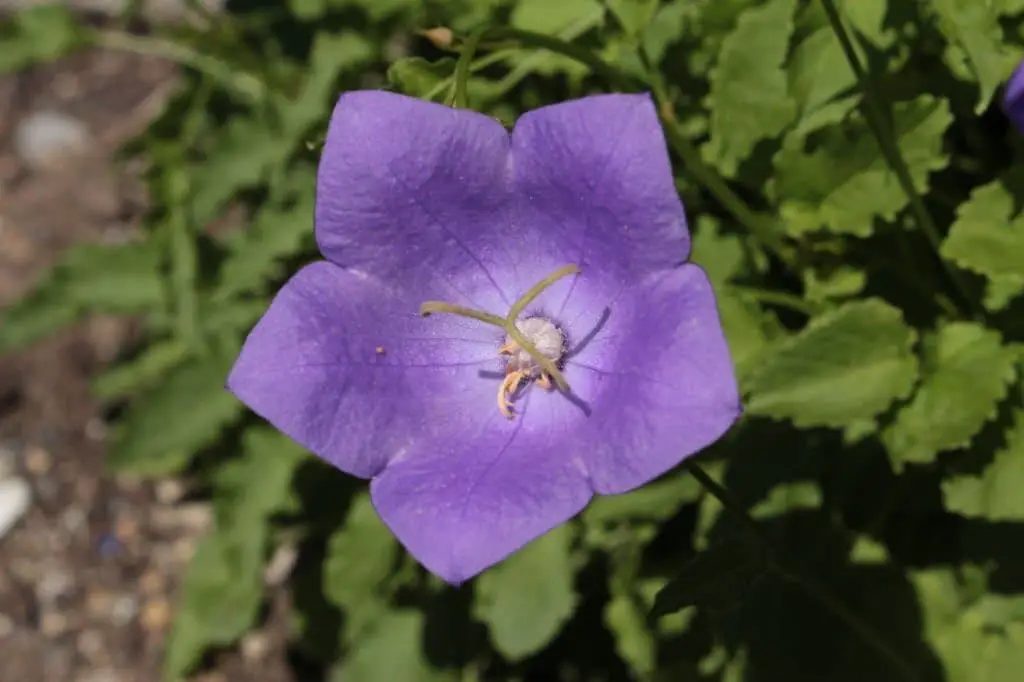
Campanula carpatica ‘Deep Blue Clips’ is a hybrid bellflower that originated from the Czech Republic’s breeding programs. This plant belongs to the Campanulaceae family, which also includes the common bluebell (Campanula rotundifolia). Native to the mountains of central and southern Europe, including Austria, Slovenia, the Balkans, Romania, and Ukraine, the Carpathian bellflower thrives in subalpine meadows, forest edges, and clearings at elevations between 1000-2400 meters.
Its growth habit reaches 15-50 cm (approximately 0.49-0.164 feet) in height. The leaves are stalked, oval to lance-shaped, with a sharply toothed margin. A terminal cluster of flowers is borne, each bloom featuring a blue or violet coloration and five-lobed corolla.
Crocus.
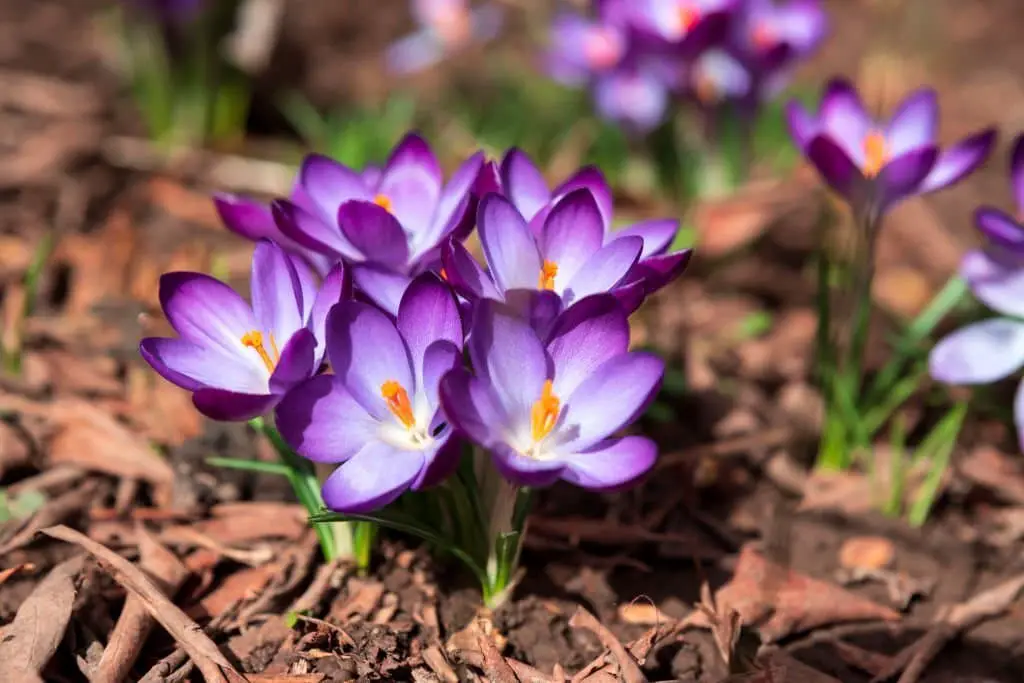
Within the iris family, Iridaceae, lies the genus Crocus, comprising approximately 30 species of flowering plants. Native to woodlands, subalpine meadows, and rocky sites across Europe, the Mediterranean Basin, and North Africa, these small yet vibrant flora have evolved to thrive in a range of environments. As one of the earliest flowers to burst forth in spring, their radiant hues serve as a beacon of hope after a long winter’s chill, bringing joy to all who behold them.
Crown Imperial (Fritillaria imperial).
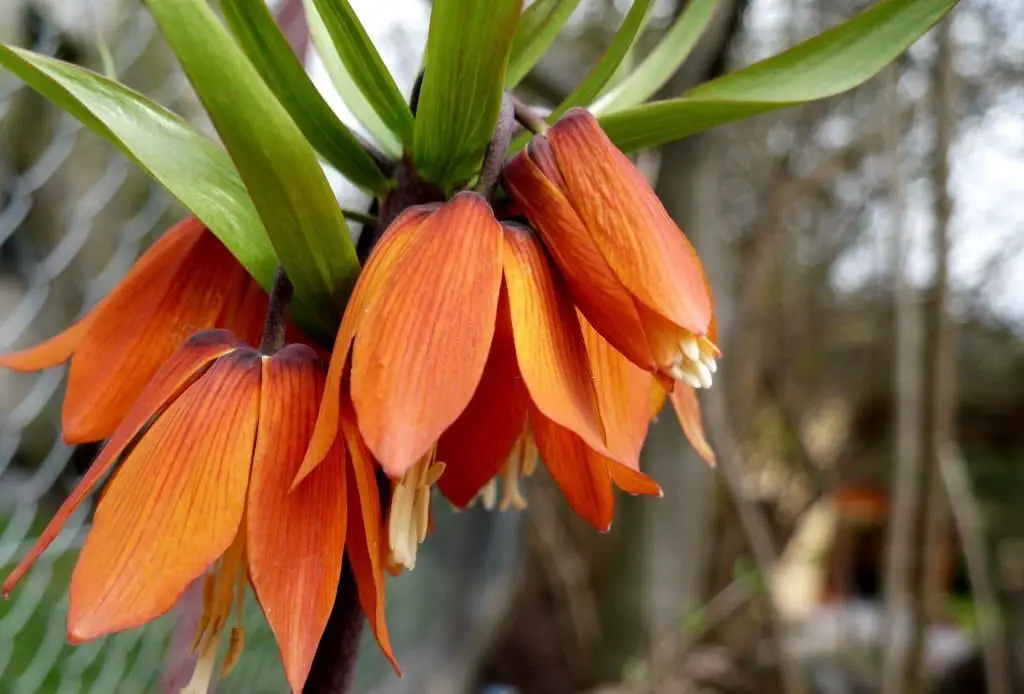
One of the most striking flowers that resembles a tulip is the Crown Imperial. Its elegant, trumpet-shaped blooms emit a captivating fragrance, adding an extra layer of charm to its already impressive appearance. Reaching heights of around two feet, this bulbous plant flourishes in early spring, painting the landscape with vibrant colors. Native to Turkey, Iran, and Afghanistan, the Crown Imperial’s origins are steeped in history and cultural significance.
When it comes to propagation, Crown Imperial can be grown from seed, although dividing the bulbs during fall or spring yields better results. This hardy plant thrives in full sun and well-drained soil, making it an ideal choice for gardeners of all skill levels. Moreover, once established, the Crown Imperial is surprisingly drought-tolerant, reducing maintenance requirements even further.
Daffodils.
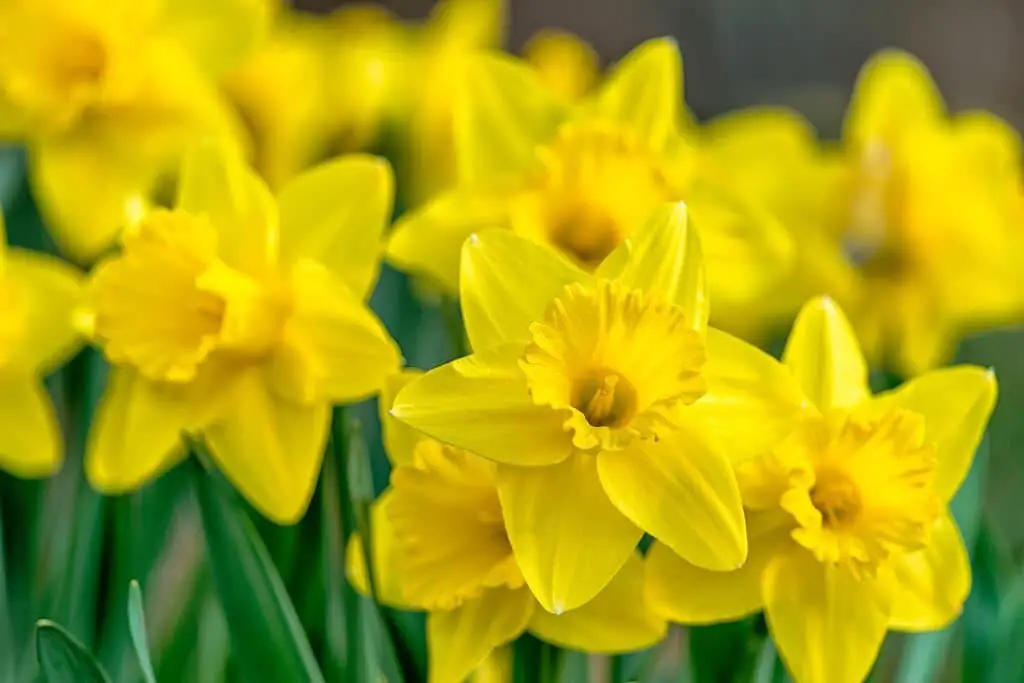
While daffodils are often considered a quintessential symbol of spring, few people realize that they’re part of a larger family tree that includes tulips. In fact, both plants belong to the Liliaceae family, which boasts a diverse array of flowering species. The genus Narcissus, to which daffodils belong, comprises around 50 different species – with the wild daffodil (Narcissus pseudonarcissus) being one of the most common and widely recognized varieties.
Native to Europe and North Africa, this species is often what people think of when they hear the term ‘daffodil.’
Fastigiatum.
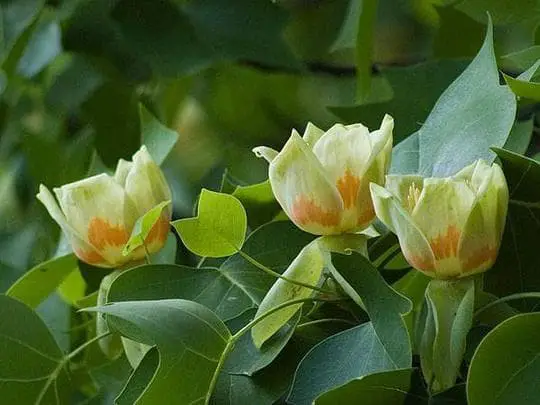
In the realm of botany, the genus Fastigiatum belongs to the Asteraceae family and is indigenous to Europe and Asia. This group comprises six species, all of which exhibit annual growth habits. The floral arrangements within this genus are notable for their resemblance to tulips, earning them the colloquial name ‘tulip flower’. While most blooms display a predominantly white or yellow hue, variations in coloration can be seen, including pink, purple, and red shades.
Japanese Magnolia (Magnolia × soulangeana).
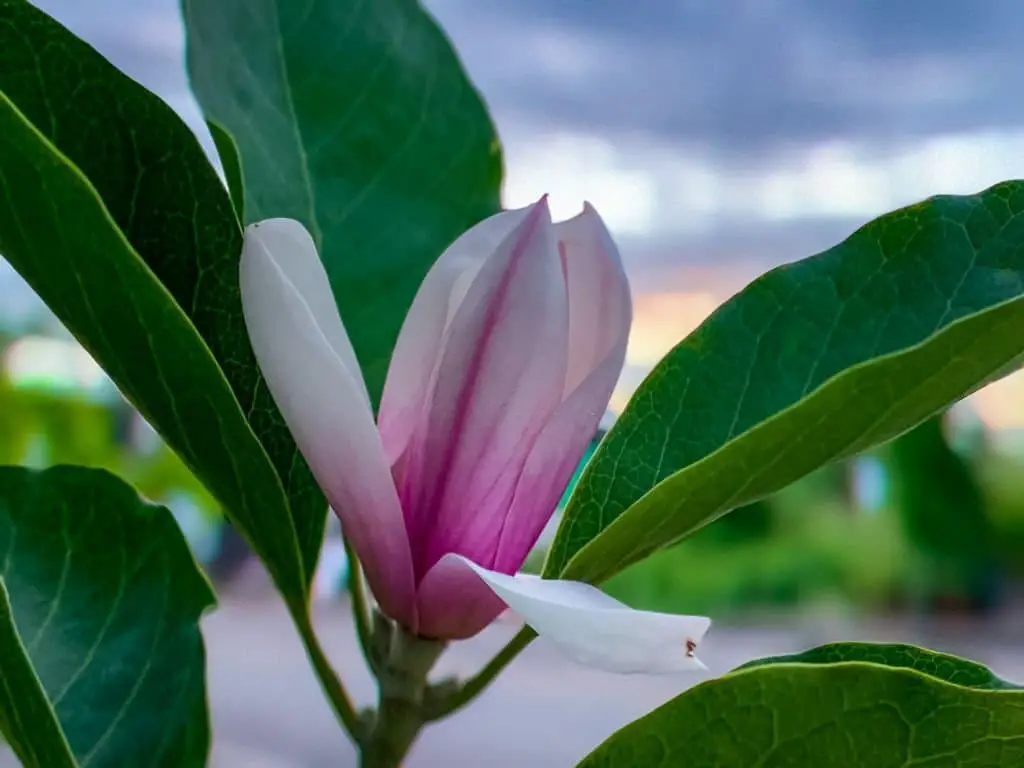
Etienne Soulange-Bodin, a French nurseryman, pioneered the creation of Japanese magnolia in 1820 by crossing two native Asian species: M. denudata and M. liliiflora. This hybrid boasts delicate white or pink flowers with a captivating sweet fragrance. As it grows to reach heights of 20-30 feet, both tall and wide, the Japanese magnolia is an excellent choice for serving as a focal point in your landscape design.
Moreover, this plant thrives in USDA zones four through nine, making it a versatile option for gardeners across the region.
Lisianthus.
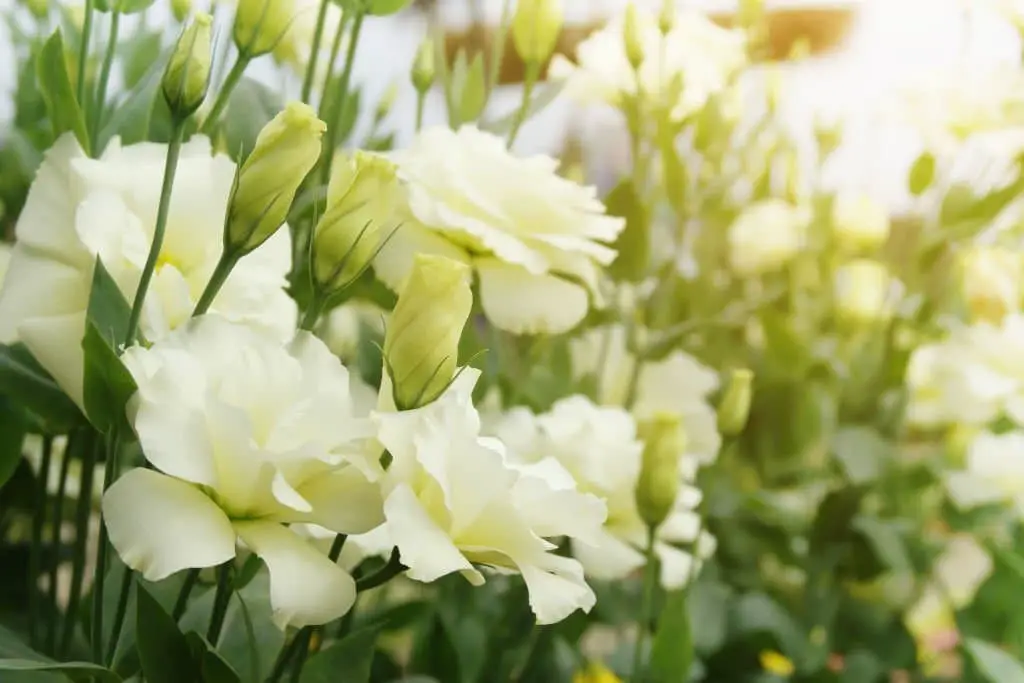
Little Volunteer tulip tree (Liriodendron ‘Little Volunteer’).
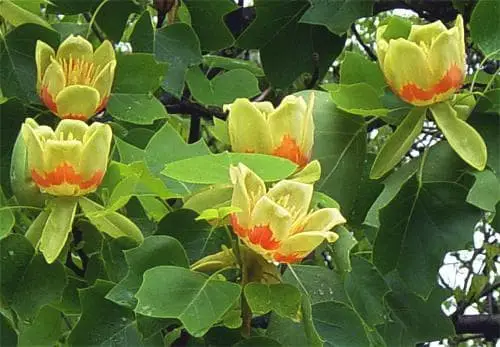
The Little Volunteer tulip tree stands at an impressive 15-20 feet tall, its deciduous nature allowing it to shed its leaves seasonally. The simple, alternate leaves boast a unique tulip-shaped blade, measuring approximately four inches long and two inches wide. As the seasons change, the tree’s yellowish-green flowers bloom, featuring six fused petals at their base. Upon maturity, the cones release seeds, completing the life cycle.
Native to the eastern United States, spanning from Maine to Florida, this versatile tree has become a popular landscaping choice in southern states. Its adaptability extends to soil conditions, thriving in full sun and demonstrating resilience against drought. With minimal upkeep required, the Little Volunteer tulip tree is an attractive option for those seeking low-maintenance beauty, showcasing vibrant flowers that add visual interest to any landscape.
Pasque Flower (Pulsatilla vulgaris).
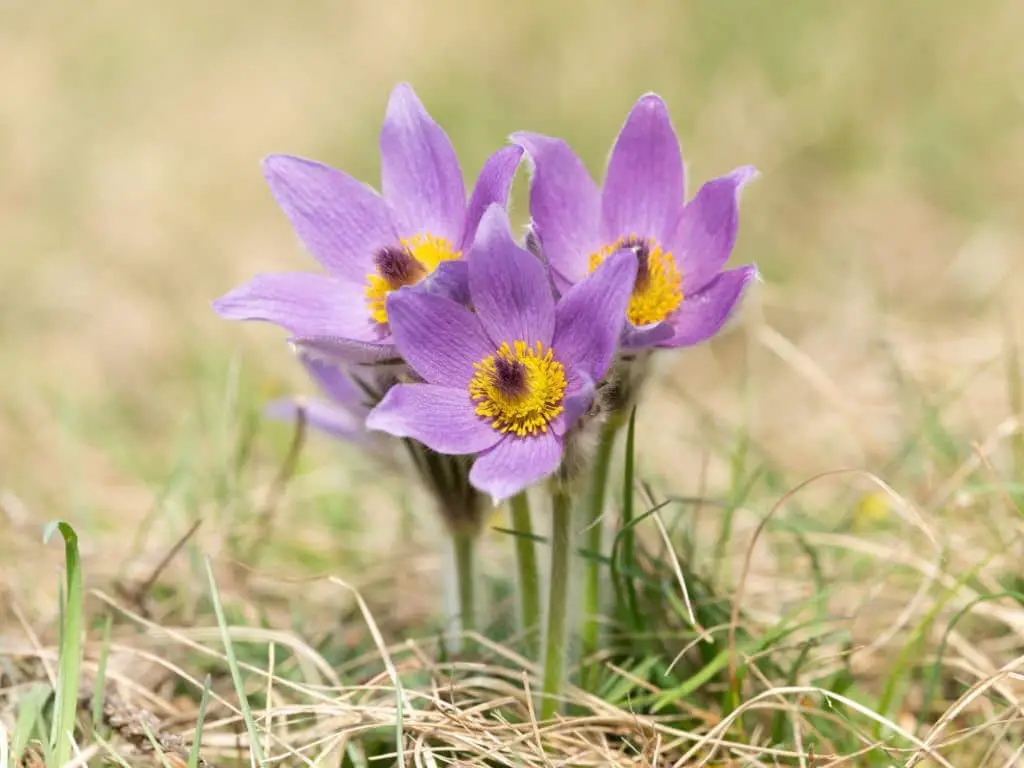
The Pasque flower is a member of the buttercup family, originating from Europe. Standing at approximately 20 inches tall, its striking blue-violet or lilac blooms consist of six delicate petals, measuring about an inch in width. The center of each flower is adorned with yellow stamens, adding to its charm. As a harbinger of spring, Pasque flowers typically bloom before other flora, earning their name from the Latin term for Easter, pascha.
While often mistaken as tulips due to their similar appearance, Pasque flowers are actually distinct. Both share six petals and a yellow center, but that’s where the likeness ends. Tulips belong to the lily family, whereas Pasque flowers are part of the buttercup family. The former thrive in warmer climates and bloom later than Pasque flowers.
These lovely springtime plants bring vibrant color to any garden, requiring minimal upkeep and being easy to cultivate.
If you reside in a colder climate, consider incorporating Pasque flowers into your garden this year and enjoy their early blooming charm.
Tulip Trees (Liriodendron tulipifera).
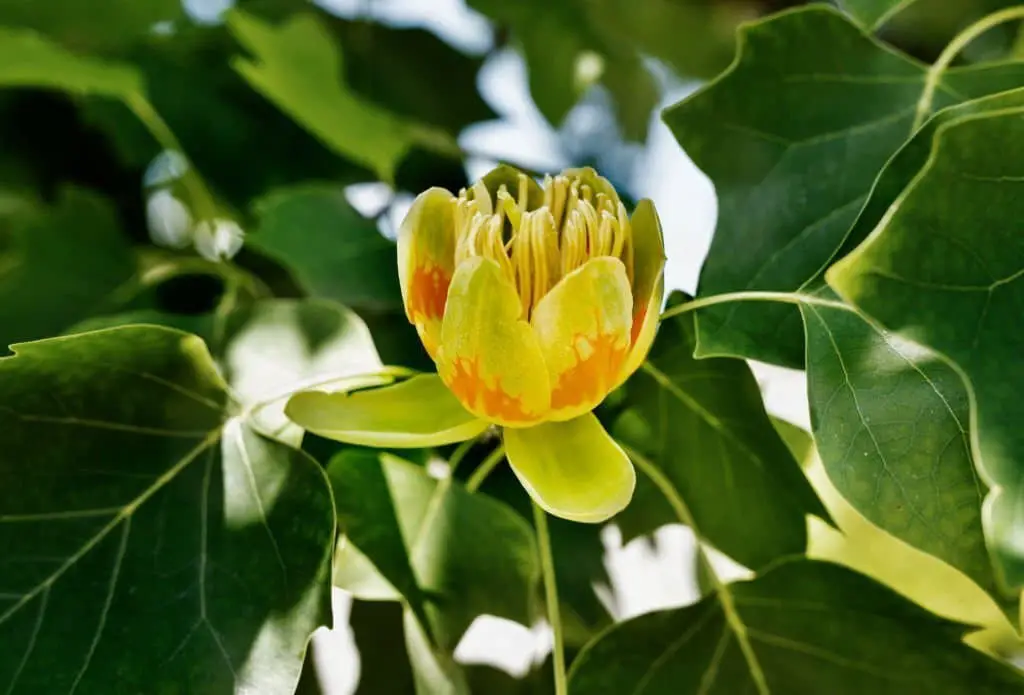
The Tulip Tree, native to North America and found predominantly in the eastern United States, is renowned for its striking resemblance to the iconic tulip flower. The tree’s leaves, which boast a unique shape mirroring that of the tulip, have contributed significantly to its widespread popularity as an attractive landscaping choice.
The showy flowers, characterized by their yellowish-green hue and trumpet-shaped blooms, are typically borne in clusters at the ends of the branches, adding to the tree’s visual appeal. As a deciduous species, the Tulip Tree sheds its leaves annually, marking the onset of autumn. Its large, distinctively shaped leaf blades further contribute to its allure.
Measuring around 60-80 feet tall and boasting a lifespan of approximately 100 years, this majestic tree has earned its place as a sought-after choice for many landscape enthusiasts.
Related Posts
When it comes to flower delivery, tipping your floral courier is an important aspect of the process. While not always expected, gratuities can be a great way to show appreciation for a job well done. On the other hand, there are some flowers that can be quite pesky in our gardens, such as weeds with yellow flowers that require proper identification and removal techniques.
For those looking to add some color to their outdoor spaces, colorful perennials can thrive in partial shade gardens or containers. Meanwhile, for indoor gardeners, growing and caring for African violet plants requires specific attention. Another flowering perennial worth exploring is Astilbe, which can brighten up shady garden corners with its beautiful blooms. Lastly, creating a lush shade garden in a cold climate requires careful selection of the right top ten shade perennials.


